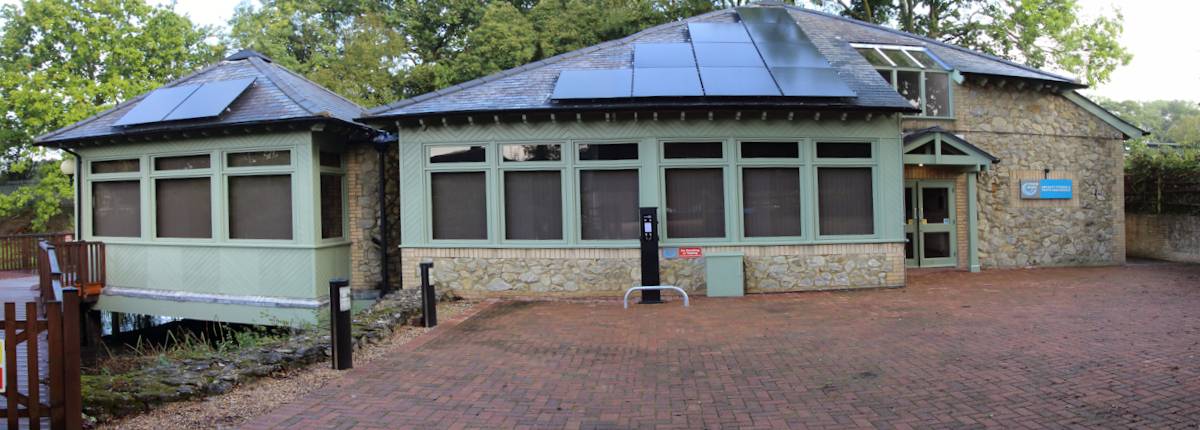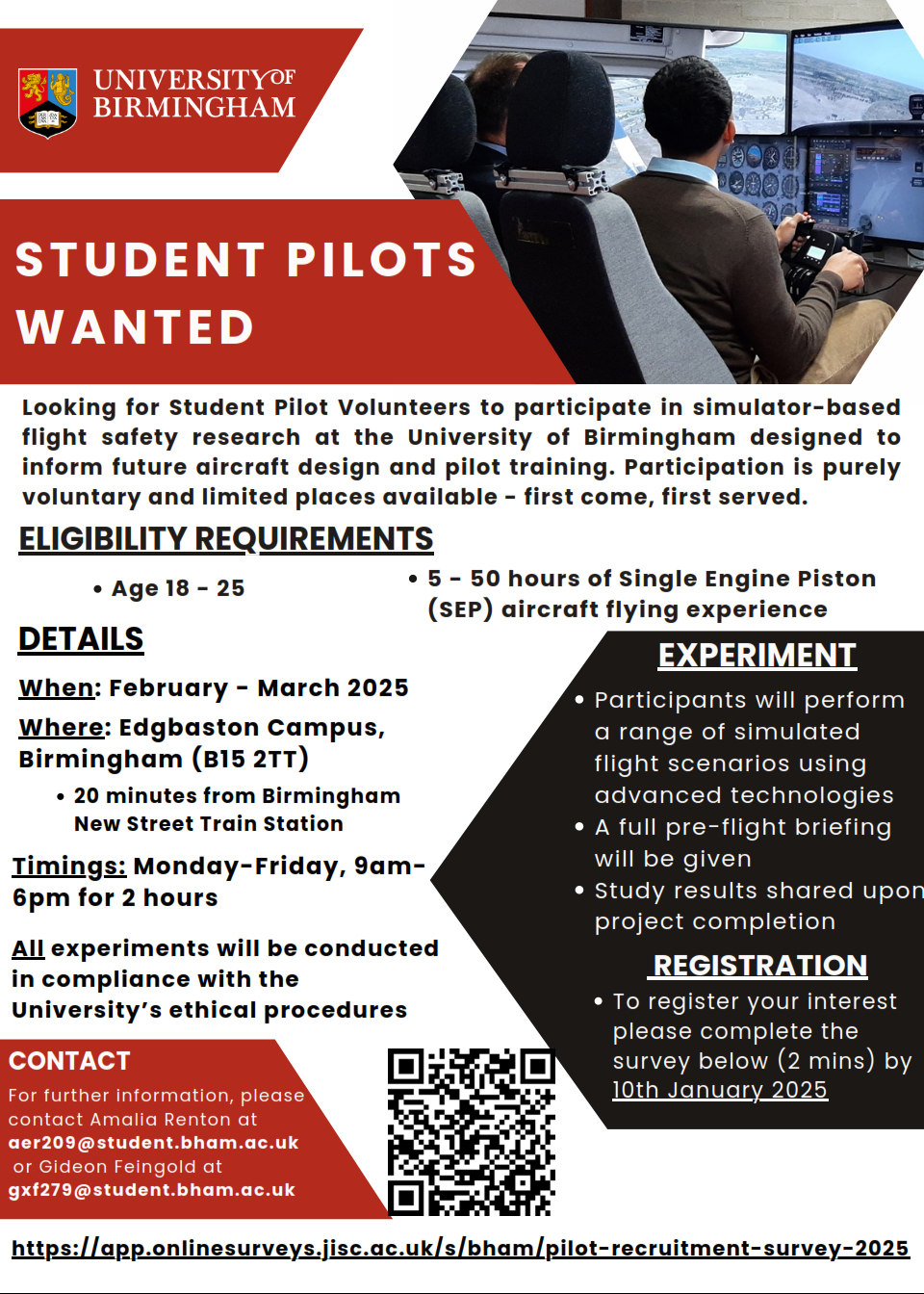View our latest and past news items.
- Details
- Published:
 |
Home Office Future Border and Immigration Systems – ETA & EVISA Awareness Session 10 March 2025 |
From 8th January 2024, all non-European national visitors require an Electronic Travel Authorisation (ETA) to travel to or transit through the UK. We will expand the ETA scheme to eligible Europeans, who will be able to apply from 5th March 2025 and will need an ETA to travel to or transit through the UK from 2nd April 2025. This means that by April 2025 all non-visa national visitors who do not need a visa will need an ETA.
Our UK border and immigration system is becoming digital. The way that those who have physical immigration documents prove their immigration status is changing. Beginning with Biometric Residency Permits, physical documents are being replaced by eVisas.
This event is aimed at pilots, operators and agents within the General Aviation sector to understand the new requirements as the ETA and eVisa rollout continues and are prepared for these changes, this event will cover:
An overview of the UK Electronic Travel authorisation (ETA) including who needs one and when
- An overview of eVisa including who needs one and when
- UPT Digital Permission Checks
- An opportunity to ask any questions you may have
Please register and sign up to the event via the link below:
GA ETA and eVisa Awareness session – 10th March 10:00am – 11:00 am (GMT)
Please note: unfortunately, the session will not be recorded, however all sGAR users will be provided with an updated Knowledge Hub link following the event where you will be able to view the presentation slides along with the info pack and resources.
Useful Links:
Access the sGAR Knowledge Hub here
Apply for an electronic travel authorisation (ETA) – GOV.UK
Online immigration status (eVisa) – GOV.UK
If you have any queries, please do reach out to:
- Details
- Published:
 |
Home Office Letter: Crew Requirements in the General Aviation Sector – February 2025 |
You may have received a recent communication regarding the implementation of Electronic Travel Authorisations (ETAs). This was intended for carriers in the scheduled aviation industry and so may have caused a degree of confusion for GA carriers and operators.
This communication is to clarify and confirm the following points in case of any such confusion.
British and Irish citizens do not need to apply for any additional permission to travel to the UK and should continue to travel using their valid British or Irish passports.
Crew employed or engaged to bring aircraft, passengers, or cargo to the UK and who are operating into and out of the UK as crew do not require an ETA as they are exempt from the requirement to obtain leave to enter. This only applies where crew members are departing from the UK within 7 days.
Crew members are defined as ’all people who are employed in the working or service of an aircraft, including the captain’. This does not include ground crew or security guards.
Non-visa nationals intending to visit the UK and who are not employed or engaged to bring aircraft, passengers, or cargo to the UK will require an ETA.
Visa nationals will continue to require a visit visa.
More information about ETAs, including which nationalities currently require an ETA, can be found here: Apply for an electronic travel authorisation (ETA) – GOV.UK.
You can find out if you require an ETA or visa here: Check if you need a UK visa – GOV.UK.
I hope this helps to clarify the position with respect to General Aviation and permission to travel requirements.
If you have any queries, please contact our team:
Kind regards,
Carrier Integration Team
Future Border & Immigration System (FBIS) Programme
- Details
- Published:
| |
Channel Islands General Aviation Exemptions |
The Director of Civil Aviation for the Channel Islands is publishing a list of current General Aviation Exemptions for both Jersey and Guernsey. They replace the General Exemptions written into previous Aviation Journals which did not provide a single list of in force documents. Both the Guernsey and Jersey versions are now on the DCA website -
News - Director of Civil Aviation
The current exemptions for the UK PMD and IR(R)/IMCr are retained.
The DCA is keen to ensure that local AOPA members are aware and have an opportunity to comment should they wish to highlight other General Exemptions that they may be using that are not shown by contacting:
Please note these lists only show General Exemptions, and are quite separate to individual Exemptions issued to individuals or organisations which would be specific to that applicant and as such are confidential.
- Details
- Published:
 |
sGAR Home Office Notification: Temporary acceptance of expired BRPs and EUSS BRCs |
The majority of UK biometric residence permits (BRPs) and biometric residence cards (BRCs) will expire on 31st December 2024, and passengers who currently hold BRP/Cs will be travelling on eVisas.
Carriers and operators will receive a ‘0A – Valid Permission to Travel Found’ message when the Home Office is able to automatically confirm a valid digital permission (whether an eVisa or an ETA) for the passenger. Carriers and operators should rely on this message as satisfactory evidence that a passenger has a valid UK immigration permission, and no further visa checks are necessary to establish the passenger’s permission to travel.
However, we are keen to ensure that travel is not disrupted for passengers with eVisas. Therefore, we announced that, as a transitional measure, biometric residence permits (BRPs) and EU Settlement Scheme biometric residence cards (EUSS BRCs) which expire on or after 31st December 2024 can also be accepted as evidence of permission to travel to the UK provisionally until 31st March 2025. This will be kept under review. Other expired immigration products are not acceptable proof of permission to travel.
In the first instance, carriers and operators should rely on the ‘0A – Valid Permission to Travel Found’ as satisfactory evidence that a passenger has a valid UK eVisa or ETA. Where a ‘0A – Valid Permission to Travel Found’ message is not received, the passenger may still have a valid immigration status and carriers and operators will need to perform alternative checks to satisfy themselves that the individual has a permission to travel to the UK.
- If a passenger holds a valid visa or other physical document evidencing a permission to travel, these can still be used to evidence their permission to travel, when boarding UK-bound services.
- If the passenger has a newly issued passport, they may not have linked it to their UK Visas & Immigration (UKVI) account. The passenger may be able to self-resolve and update their new passport details in their UKVI account using the Update my Details service if they have a biometric passport.
- If a passenger has no physical document evidencing a permission to travel, they can use the online View and Prove immigration status service, by issuing a Share Code to the carrier or operator who can then check their permission via the online ’Check someone's immigration status'
- If the passenger has a biometric residence permit (BRP) or EU Settlement Scheme biometric residence card (EUSS BRC) which expires on or after 31st December 2024 this can also be accepted as evidence of permission to travel to the UK provisionally until 31st March 2025. This will be kept under review.
- Carriers and operators can contact the 24/7 UK Border Force Carrier Support Hub on +44 300 369 0610 or +44 204 619 6020.
Please see a FAQ document within the Knowledge Hub folder here, which provides answers to questions about the temporary acceptance of expired BRPs and EUSS BRCs as evidence of permission to travel to the UK. Example BRP/C documents can be found within the sGAR Information pack on slide 63.
- Details
- Published:
 |
London CTRs’ SVFR Weather Minima Review |
To maintain high standards of flight safety within the London and London City Control Zones (the London CTRs), the CAA intends to change the weather minima applicable to Special Visual Flight Rules operations.
Our proposal is to introduce a required cloudbase limit and to increase the minimum visibility allowed. We are conducting stakeholder engagement, from 5 December 2024 to 12 February 2025, to seek your feedback on this proposal.
The engagement document, Revision of Special Visual Flight Rules (SVFR) Weather Minima Criteria for Operations Within the London & London City CTRs details the rationale behind our proposal, and includes links to online Citizen Space consultation to provide your views, comments and feedback.
- Details
- Published:
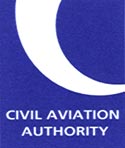 |
UK Civil Aviation Authority approves Manchester Low-Level Route airspace change |
The MLLR will be replaced by the North West Transit Corridor, and reclassified as Class G airspace Restricted Area, to be known as EGR323 North West Transit Corridor, with specific restrictions starting 20 February 2025.
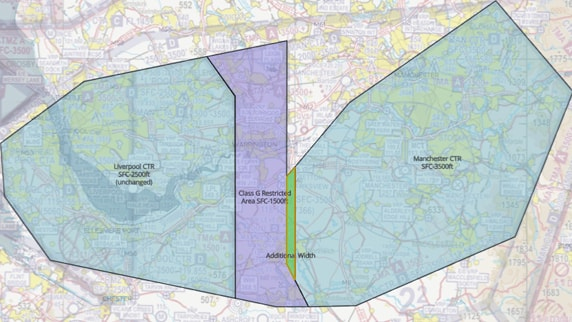
The new North West Transit Corridor will continue to provide crucial north-south routing for aircraft, enabling them to navigate efficiently between Manchester and Liverpool Airports’ adjoining Class D airspaces.
The changes, which aim to reduce the risk of mid-air collisions and improve airspace management, will take effect from 20 February 2025. This coincides with the expiration of the current exemption in this airspace, Official Record Series 4 (ORS4) No.1596.
The amendment includes:
- Reclassifying the current Class D MLLR airspace to Class G uncontrolled airspace.
- Implementing a Restricted Area within the reclassified airspace that will limit the speed and weight of the aircraft, as well as having visibility and QNH setting restrictions.
- A maximum altitude within the Class G airspace of 1500ft – 200ft higher than the previous MLLR permitted.
- Creating Class G airspace 0.65 nautical miles wider to the east than today’s MLLR boundary.
The regulator’s decision to reclassify this portion of airspace follows input from the general aviation community, air navigation service providers, and local airports as part of its function to review airspace classification.
- Details
- Published:
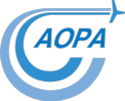 |
Greater Nottingham Strategic Plan Consultation - Last chance to save Nottingham Aerodrome? |
Broxtowe Borough, Gedling Borough, Nottingham City and Rushcliffe Borough Councils are preparing the Greater Nottingham Strategic Plan, which will set out policies to secure sustainable growth up to 2041.
In accordance Regulation 19 of the Town and Country Planning (Local Planning) (England) Regulations 2012, representations are invited on the proposed submission draft of the Strategic Plan, on whether it is legally compliant and meets the tests of ‘soundness’ as set out in the National Planning Policy Framework.
Policy 31: Strategic Allocation East of Gamston / North of Tollerton (Rushcliffe) includes the loss of Nottingham (Tollerton) Aerodrome to development if adopted.
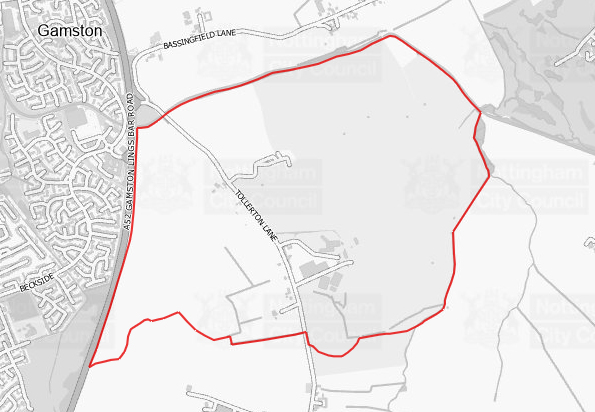
Policy 31 Development Area
If you use Nottingham Aerodrome this is your, probably last, chance to make a case to save it from this development plan
The consultation period closes at 17:00 on Monday 16th December 2024.
- Details
- Published:
 |
2025/26 CAA Schemes of Charges consultation |
Our consultation on proposed changes to our statutory charges for FY2025/26 has now been published. This consultation is an opportunity for us to gather feedback from stakeholders and ensure that our proposals align with the needs and priorities of those we regulate. Stakeholder input is invaluable in helping us refine our approach and make informed decisions that benefit all parties involved.
We welcome feedback from all stakeholders and ask that this is provided using our online submission form .
This consultation will close on 6 January 2025, with our response and final changes to the Schemes of Charges due for publication mid-March 2025, ahead of coming into force on 1 April 2025.
- Details
- Published:
 |
Submit a GAR - GA ETA Engagement Event Handout |
Further to the online event held on 23 October 2024 the Home Office Border Force have published the handout below.
They are currently working on an updated sGAR Information Pack which will be distributed in due course and contain all the relevant information regarding Universal Permission to Travel, ETA, eVisa’s and Carrier Support.
- Details
- Published:
 |
Aircraft Maintenance ("N" Registered Aircraft): New FAA interpretation could devastate GA |
This is relevant to "N" Registered Aircraft owners/operators who undertake aircraft maintenance on their aircraft.
AOPA US are reporting that on September 3, FAA attorneys released a legal interpretation of 14 CFR §43.3(d), effectively changing the FAA’s view of the standard maintenance supervision model that has been in place for the past 60 years. Without industry intervention to have the FAA reconsider its new view, the A&P experience-based training and owner-assisted maintenance models cannot survive.
Although the regulations allow for uncertificated people to perform supervised maintenance, it is vitally important to point out that only the holder of a mechanic or repairman certificate may approve the work and return the aircraft or component to service. This is the catch-all that ensures safety in our industry. Only the supervising mechanic can make the logbook entry, and it is that individual’s certificate and liability on the line. Therefore, it is in the supervising mechanic’s interest to inspect the work and verify that everything was done properly and is truly airworthy before attesting to it in writing.
The Moss interpretation
FAA regulations under 14 CFR are the rules that those who operate under FAA jurisdiction must follow, or risk facing violation or prosecution. However, in cases where a particular regulation may be ambiguous, a request for interpretation may be made to the FAA chief counsel. The response, in the form of a letter or memo, becomes the agency’s legal position that FAA staff will follow. This means that enforcement actions against individuals and businesses will be based on both the text in applicable regulations, and any relevant legal opinions or interpretations made by FAA attorneys.
The Moss interpretation began on July 8, 2022, when Jonathan Moss, manager of the Little Rock Flight Standards District Office, requested an interpretation of 14 CFR §43.3(d), essentially asking if a supervisor must be physically present at the site of the maintenance, or if he may supervise remotely, through Zoom, FaceTime, live feed TV, photographs, downloadable video, or other electronic means.
It took over two years for the FAA to respond with an interpretation, and as is often the risk with asking for an interpretation, the response went much further than a yes/no answer to the question being asked. Included in the three-page Moss interpretation were two essential elements.
The first addressed the concept of remote, video supervision:
The Office of the Chief Counsel finds that the phrase “in person” explicitly requires physical presence. Virtual presence, through a live video feed or other technological means, cannot replace the physical presence of a supervising mechanic.
The second addressed the concept of supervision itself:
The phrase “readily available, in person, for consultation” contemplates a physical, hands-on approach to supervision. The certificated mechanic must be available, not just to answer questions, but to notice mistakes and take over if necessary.
The problem with the Moss interpretation
There are two issues with the Moss interpretation:
The first issue is concerning, but not necessarily devastating. The FAA Office of the Chief Counsel found that virtual technologies cannot be used in lieu of in-person supervision. This is surprising in a world where medicine—even surgery—is sometimes performed using remote technologies and, it should be pointed out, much of the FAA’s own supervisory work with the industry is done remotely.
The second part of the interpretation is what could have devastating repercussions for general aviation. "The certificated mechanic must be available, not just to answer questions, but to notice mistakes and take over if necessary,” as the new FAA interpretation states, completely discounts the concept of supervisor discretion and, in fact, does not acknowledge the text in 14 CFR §43.3(d) that specifically says “to the extent necessary to ensure that it is being done properly.”
As soon as the Moss Interpretation was published, it became “the official view of the FAA” that will be enforced.
AOPA USA is putting AOPA’s resources into action.

